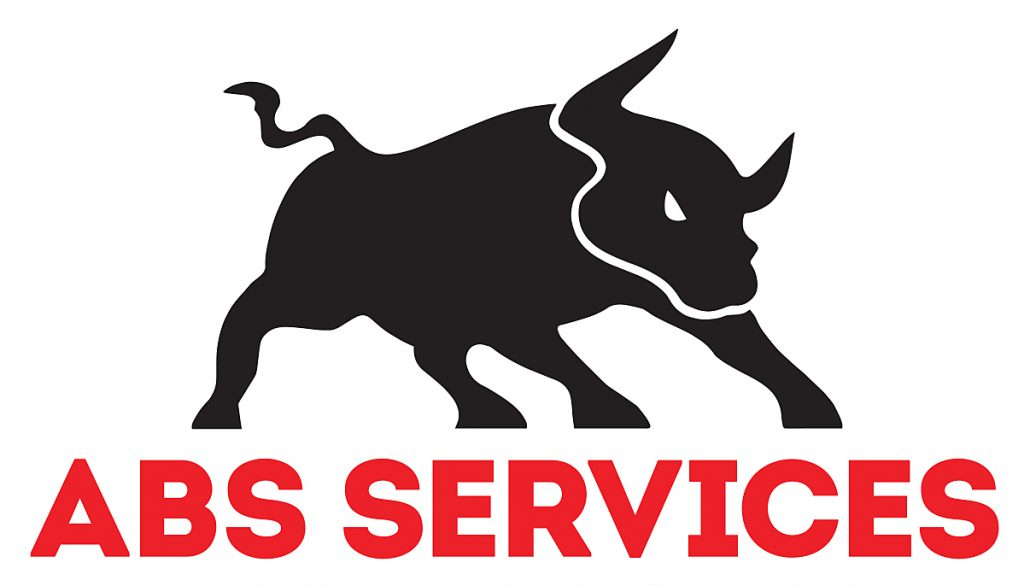
Understanding the Essence of Tenant Improvements
Tenant improvements, often referred to as leasehold improvements, encompass the modifications and alterations made to the interior of a commercial property by the tenant. These changes can range from simple cosmetic updates, such as fresh paint and new flooring, to more extensive renovations that involve restructuring the space, upgrading infrastructure, or completely redesigning the layout.
Unlocking the Benefits of Tenant Improvements
The primary allure of tenant improvements lies in the ability to tailor the leased space to the unique needs and preferences of the business. By optimizing the environment, tenants can unlock a multitude of advantages:
-
- Customization: Tenant improvements enable businesses to create a workspace that aligns with their brand’s visual identity, corporate culture, and operational requirements.
- Increased Productivity: Strategic enhancements, such as ergonomic workstations and efficient floor plans, can significantly boost employee productivity and morale.
- Improved Client Impressions: A well-designed and visually appealing commercial space can leave a lasting positive impression on clients, potentially leading to increased business opportunities.
Navigating Tenant Improvement Allowances
A crucial aspect of tenant improvements is the tenant improvement allowance (TIA) – a financial contribution provided by the landlord to cover a portion or all of the renovation costs. Understanding how to effectively negotiate and leverage this allowance is key to maximizing the return on your investment.
Crafting the Perfect Tenant Improvement Plan
Embarking on a tenant improvement project requires a strategic and well-planned approach. By following a structured process, tenants can ensure their vision is seamlessly translated into a functional and aesthetically pleasing reality.
Step 1: Comprehensive Needs Analysis
The first step in the tenant improvement journey is to conduct a thorough assessment of your business’s specific needs and requirements. Consider factors such as workflow optimization, technology integration, and brand identity to determine the ideal layout, design, and infrastructure upgrades.
Step 2: Assembling an Expert Team
Successful tenant improvement projects often rely on the expertise of a specialized team, including architects, interior designers, and construction professionals. These experts can provide valuable insights, identify potential challenges, and ensure the project aligns with local building codes and regulations.
Step 3: Detailed Cost Evaluation
Developing a realistic budget is crucial to the success of any tenant improvement project. This involves carefully estimating the costs of materials, labor, permits, and any unexpected expenses that may arise during the renovation process.
Navigating the Tenant Improvement Construction Process
Once the planning phase is complete, the actual construction process begins. Effective management and coordination are essential to ensure a seamless and efficient tenant improvement project.
Timeline Synchronization
Aligning the improvement timeline with the lease start date and the business’s operational schedule is crucial to minimize disruptions and maintain business continuity.
Quality Assurance
Regularly reviewing the construction progress and ensuring the work meets the agreed-upon standards is vital to maintaining the project’s integrity and delivering a high-quality outcome.
Adherence to Regulations
Staying compliant with local zoning laws, building codes, and obtaining all necessary permits is a critical aspect of tenant improvement projects, as it helps avoid potential legal complications.
Overcoming Common Challenges in Tenant Improvements
While tenant improvement projects offer exciting opportunities, they can also present various challenges that must be addressed proactively.
Avoiding Delays
Ensuring that all design decisions and material selections are finalized early in the process can help prevent scheduling delays that could disrupt the business’s operations.
Managing Costs
Maintaining detailed records of expenditures and having a contingency fund in place can help effectively manage unexpected costs that may arise during the renovation process.
Coordinating Stakeholders
Regular communication and collaboration between the landlord, contractors, and design teams can help align expectations and resolve any conflicts that may arise during the project.
Designing for Functionality and Aesthetics
The success of a tenant improvement project is not only measured by its functionality but also by its ability to create a visually captivating and brand-aligned environment.
Maximizing Space Utilization
Effective space planning is crucial to enhancing workflow, accommodating future growth, and optimizing the overall efficiency of the commercial space.
Incorporating Technology
Integrating advanced technological infrastructure, such as robust IT systems and energy-efficient solutions, can significantly improve the functionality and sustainability of the leased premises.
Aligning with Brand Identity
The interior design should seamlessly reflect the tenant’s brand identity, creating a welcoming and engaging atmosphere for both employees and clients.
Navigating Permits and Regulations
One of the most challenging aspects of tenant improvement projects is ensuring compliance with local building codes and obtaining the necessary permits. Understanding the regulatory landscape and adhering to all requirements is essential to avoid legal complications and delays.
Leveraging Tenant Improvement Allowances
Tenant improvement allowances can be a powerful tool in maximizing the value of your leased space. By negotiating the best possible terms and effectively utilizing the available funds, tenants can transform their commercial environments without straining their budgets.
Negotiating the Allowance
Factors such as the lease term, property location, and current market conditions can all influence the tenant improvement allowance. Tenants should approach these negotiations armed with a detailed plan and a clear understanding of the project’s costs.
Budgeting the Allowance
Once the allowance has been secured, it is crucial to develop a comprehensive budget that covers all aspects of the renovation, including any unexpected expenses that may arise.
Maximizing the Allowance
By choosing experienced contractors and optimizing the use of the tenant improvement allowance, tenants can ensure that their vision is brought to life without exceeding their financial constraints.
Frequently Asked Questions
What are tenant improvements?
Tenant improvements refer to the modifications and alterations made to the interior of a commercial property by the tenant. These changes can range from simple cosmetic updates to more extensive renovations, such as restructuring the layout, upgrading infrastructure, or customizing the design.
How do tenant improvement allowances work?
A tenant improvement allowance (TIA) is a financial contribution provided by the landlord to cover a portion or all of the renovation costs. The amount and terms of the TIA can often be negotiated based on factors like the lease length, property location, and current market conditions.
Can tenant improvement allowances be negotiated?
Yes, tenant improvement allowances are typically a key point of negotiation in lease agreements. Tenants can negotiate the amount of the allowance, the scope of work it covers, and the disbursement schedule, among other details.
What are common types of tenant improvements?
Common types of tenant improvements include:
-
- Technology upgrades, such as enhanced IT infrastructure or security systems
- Aesthetic changes, like custom lighting, high-quality flooring, or branded elements
- Functional alterations, which may involve changing the layout to add more offices or create open-plan spaces
Who manages tenant improvement projects?
Typically, the tenant oversees the construction work for tenant improvements, often hiring contractors and managing the project to ensure the work aligns with their specific needs and standards. However, some landlords may require oversight or approval rights during the construction phase.
What happens to tenant improvements at the end of a lease?
The fate of tenant improvements at the end of a lease depends on the lease agreement. Some improvements, known as “trade fixtures,” can be removed by the tenant, while others become a permanent part of the property. It is crucial to specify what happens with the improvements in the lease contract.
Embarking on a tenant improvement project is an exciting opportunity to create a commercial space that truly reflects your business’s identity and operational needs. By understanding the key principles, navigating the construction process, and leveraging the available resources, tenants can transform their leased premises into a captivating and functional environment that inspires and thrives.
Contact us (513-617-1401) for more information or a quote
—

About ABS Services
ABS Services provides comprehensive commercial construction services to Greater Cincinnati, Northern Kentucky, and Southeast Indiana. We have the experience, equipment, and the right team to get the job done!
> Learn More
